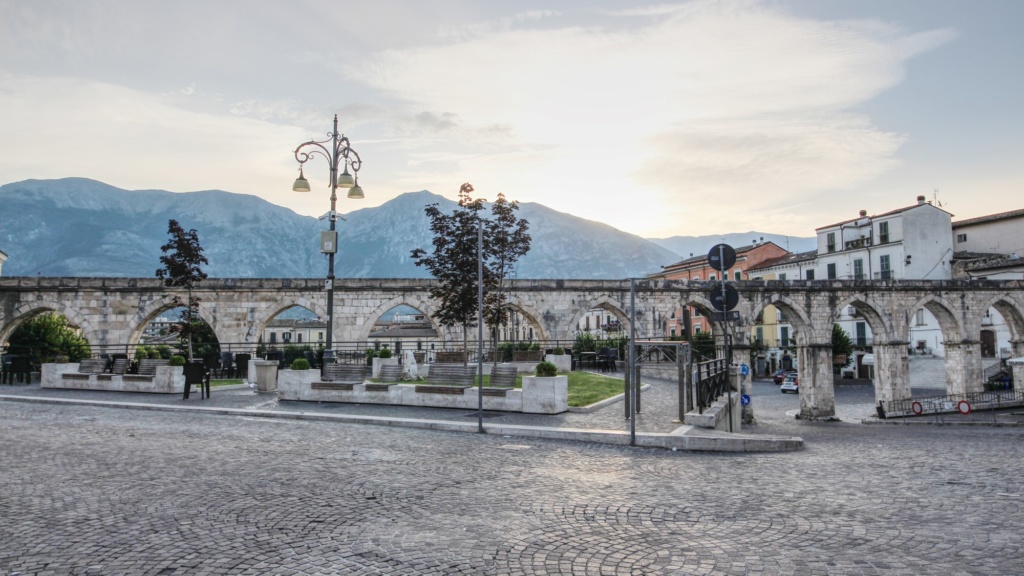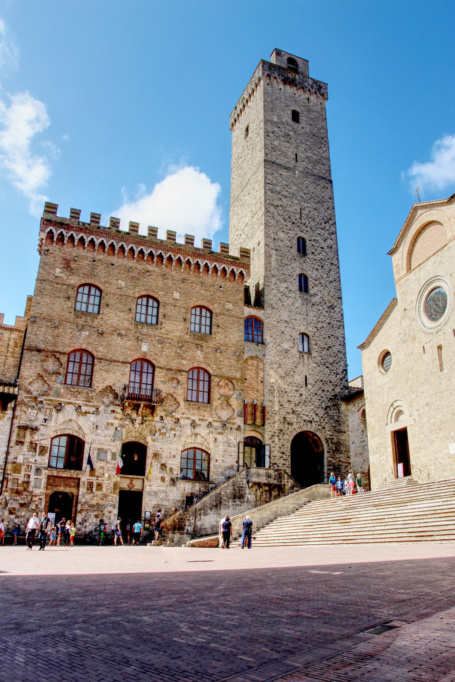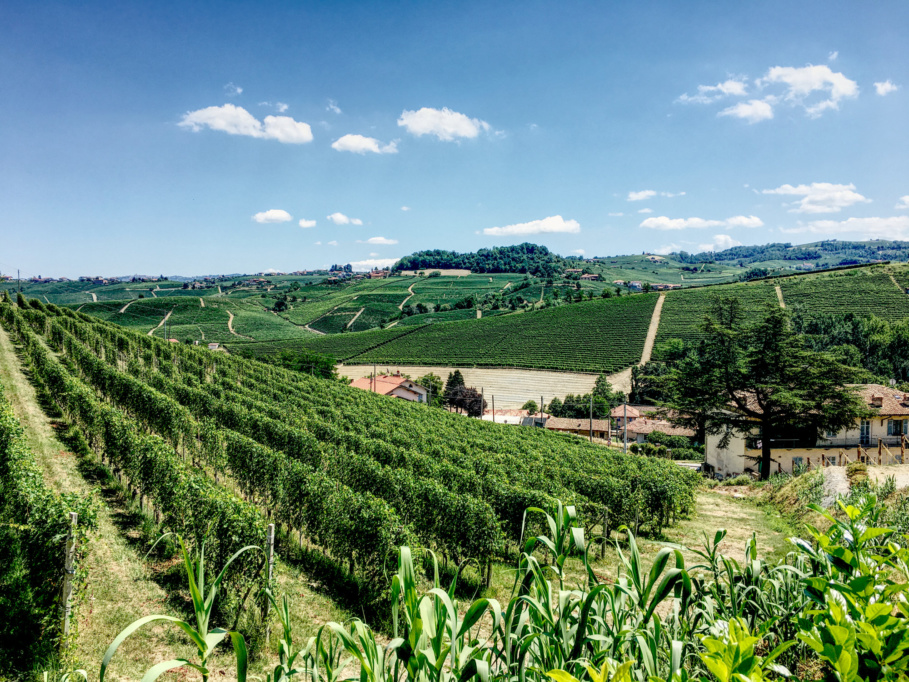Naples Italy Travel Guide - A Vagabond Life
Welcome to Naples, a city that captivates the senses with its rich tapestry of history, culinary delights, and breathtaking landscapes. Nestled along the stunning Bay of Naples, this southern Italian gem boasts a heritage that spans millennia, from ancient civilizations to the Renaissance and beyond. Naples is a city of contrasts, where historic landmarks like the Castel dell’Ovo and the Royal Palace stand alongside vibrant street markets and lively piazzas. Known as the birthplace of pizza, Naples invites you to indulge in its culinary treasures, from the simple pleasure of a traditional Margherita to the bold flavors of Neapolitan street food. This travel guide promises an exploration of Naples’ hidden gems, its UNESCO-listed historic center, and the dramatic landscapes of Mount Vesuvius and the Amalfi Coast, ensuring an unforgettable journey through the heart of Southern Italy.
As you traverse the narrow alleys and bustling markets, Naples reveals itself as a city that pulsates with life, where art, history, and the warmth of its people create an authentic Italian experience. From the archaeological wonders of Pompeii and Herculaneum to the artistic treasures housed in the Naples National Archaeological Museum, every corner of this city is a testament to its storied past. With its unique energy, vibrant street life, and a backdrop of coastal beauty, Naples invites you to explore, savor, and immerse yourself in the heart of Campania’s cultural and culinary excellence.
Naples Italy Map
How To Get To Naples Italy
Getting to Naples is straight forward, given the city’s strategic location and well-connected transportation options. For those arriving by air, Naples International Airport (NAP) serves as a major gateway. Situated just 7 kilometers northeast of the city center, the airport accommodates both domestic and international flights, offering convenient access to Naples and the surrounding region.
Travellers also have the option of reaching Naples by train, with Napoli Centrale being the city’s primary railway station. High-speed trains connect Naples to various Italian cities, including Rome, Florence, and Milan, making train travel an efficient and scenic way to reach the city. Additionally, Naples is well-connected by an extensive highway network for those opting to travel by car. The A1 and A3 motorways provide direct routes to Naples from other major cities in Italy.
Upon arrival, navigating Naples is straightforward with an efficient public transportation system comprising buses, trams, and a metro network. Taxis are readily available, and the compact city center is easily explored on foot. Whether arriving by air, train, or car, the journey to Naples promises a seamless transition into the vibrant energy and cultural richness of this southern Italian metropolis.
Getting Around Naples Italy
Navigating Naples is a delightful experience with its diverse and accessible transportation options. The city’s comprehensive public transportation system includes buses, trams, and a metro network, providing convenient access to various neighborhoods and attractions. The Naples Metro has three lines (Line 1, Line 2, and Line 6) that connect key areas, making it an efficient way to explore the city.
For a more scenic journey, Naples is well-served by funicular railways, such as the Funicolare Centrale and Funicolare di Montesanto, which provide panoramic views of the city as they ascend the hillsides. Buses and trams are extensive and cover the entire metropolitan area, offering flexibility for travelers to reach both popular landmarks and off-the-beaten-path destinations.
Taxis are readily available throughout the city and are a convenient option for reaching specific locations or for those traveling with luggage. Additionally, Naples is a city that can be easily explored on foot, especially in the historic center where narrow streets, lively markets, and iconic piazzas are best experienced by walking. Overall, the diverse modes of transportation in Naples ensure that visitors can seamlessly navigate the city and soak in its vibrant atmosphere, historical treasures, and stunning coastal views.
Things To See & Do In Naples Italy
Centro Storico
Naples Centro Storico, or historic center, is a captivating labyrinth of narrow alleys, ancient churches, and vibrant piazzas that constitute the beating heart of Naples. With a history that stretches back over two millennia, the Centro Storico stands as a testament to the city’s enduring cultural legacy. Its narrow streets, bustling markets, and ornate churches reveal layers of history, from Greek and Roman influences to medieval and Baroque periods. The historic center encompasses iconic landmarks such as Spaccanapoli, a straight and narrow street that divides the city into two, and the Naples Underground, a labyrinthine network of tunnels showcasing ancient Greek and Roman structures. As you wander through the Centro Storico, each cobblestone alleyway and hidden courtyard unveils tales of Naples’ storied past, making it a living museum and a vibrant reflection of the city’s resilient spirit and cultural diversity.
Agnano
Agnano, a district in the western part of Naples, holds a rich history rooted in both ancient and modern times. The area is renowned for its natural thermal baths, which have attracted visitors for centuries. In ancient Roman times, Agnano’s thermal springs were celebrated for their healing properties, and remnants of Roman baths can still be explored today. Over the years, Agnano has evolved into a residential area with a mix of historic charm and contemporary amenities. The district is home to notable landmarks such as the Parco Virgiliano, a scenic park offering panoramic views of the Gulf of Naples and the surrounding landscapes. Agnano encapsulates Naples’ ability to seamlessly blend its historical legacy with modern living, providing residents and visitors with a unique glimpse into the city’s enduring allure.
Posillipo and Chiaia
Posillipo and Chiaia, situated along the scenic coastline of Naples, embody a harmonious blend of natural beauty and historical richness. Posillipo, whose name means “respite from worry,” has been a favored retreat since Roman times, renowned for its panoramic views of the Bay of Naples and its luxurious villas nestled into the hillside. The area boasts ancient Roman ruins, including the grand Villa of Pausilypon, a testament to its historical significance. Chiaia, adjacent to Posillipo, is characterized by its elegant streets, upscale boutiques, and lively atmosphere. Both neighborhoods have been cherished by poets, artists, and nobility throughout the centuries. Today, they remain sought-after destinations, offering a tranquil escape from the bustle of the city, while the Lungomare di Napoli, a scenic seaside promenade, connects these neighborhoods, providing locals and visitors alike with breathtaking views of the Mediterranean Sea and the iconic silhouette of Mount Vesuvius.
Pompeii
Pompeii, an archaeological treasure trove, unfolds the dramatic narrative of an ancient Roman city frozen in time by the catastrophic eruption of Mount Vesuvius in 79 AD. This remarkably preserved site offers a poignant glimpse into daily life during the height of the Roman Empire, with its well-preserved streets, homes, temples, and public spaces. Walking through the haunting remnants of Pompeii, visitors can witness frescoes, mosaics, and even the plaster casts of citizens caught in the volcanic ash, providing an unparalleled window into the past.
To journey from Naples to Pompeii, one can opt for a convenient train ride from Napoli Centrale to Pompei Scavi, the station right next to the archaeological site. The journey takes around 30 minutes and provides a comfortable and cost-effective way to access this UNESCO World Heritage site. Alternatively, guided tours and shuttle services from Naples to Pompeii are widely available, offering informative insights into the history and significance of this ancient city while ensuring a hassle-free and enriching experience.
Eating In Naples Italy
The Top 5 Foods of Naples
Pizza Napoletana:
- Birthplace of the iconic Neapolitan pizza.
- Characterized by a thin, chewy crust, fresh tomato sauce, mozzarella cheese, and basil.
- Varieties include Margherita and Marinara.
Pasta e Patate:
- A classic Neapolitan dish featuring pasta with potatoes.
- Often prepared as a hearty soup with tomatoes, garlic, and olive oil.
Sfogliatella:
- A beloved Neapolitan pastry with thin layers of dough.
- Two main types: riccia (curly) and frolla (smooth).
- Fillings can be sweet or savory, with ricotta and orange zest being a popular sweet version.
Cuoppo di Mare:
- A delightful street food specialty featuring fried seafood.
- Varieties include calamari, shrimp, and small fish, served in a cone-shaped paper “cuoppo.”
Baba al Rhum:
- A delectable dessert made from sweet dough soaked in rum.
- Often topped with whipped cream or pastry cream.
- A delightful ending to a traditional Neapolitan meal.
The History Of Naples Pizza
The history of pizza in Naples, or Napoli, dates back to the 18th century when the city was still an independent kingdom. The precursor to the modern pizza, known as “pizza Margherita,” is often attributed to Naples. The story goes that in 1889, pizzaiolo Raffaele Esposito created a pizza in honor of Queen Margherita of Savoy. The pizza featured the colors of the Italian flag – red tomatoes, white mozzarella, and green basil – symbolizing the unification of Italy. This simple yet flavorful pizza became immensely popular and is now a staple of Neapolitan cuisine.
Prior to the Margherita, pizza in Naples was a humble street food enjoyed by the working class. Early versions featured toppings like garlic, lard, and salted tomatoes. With the introduction of tomatoes from the New World in the 18th century, the modern pizza as we know it began to take shape. Pizzerias, such as Antica Pizzeria Port’Alba, opened in the 19th century, solidifying Naples as the birthplace of pizza. The art of Neapolitan pizza-making, including the use of specific ingredients and traditional wood-fired ovens, has since been recognized and protected by organizations like the Associazione Verace Pizza Napoletana, ensuring the preservation of this iconic culinary tradition.



